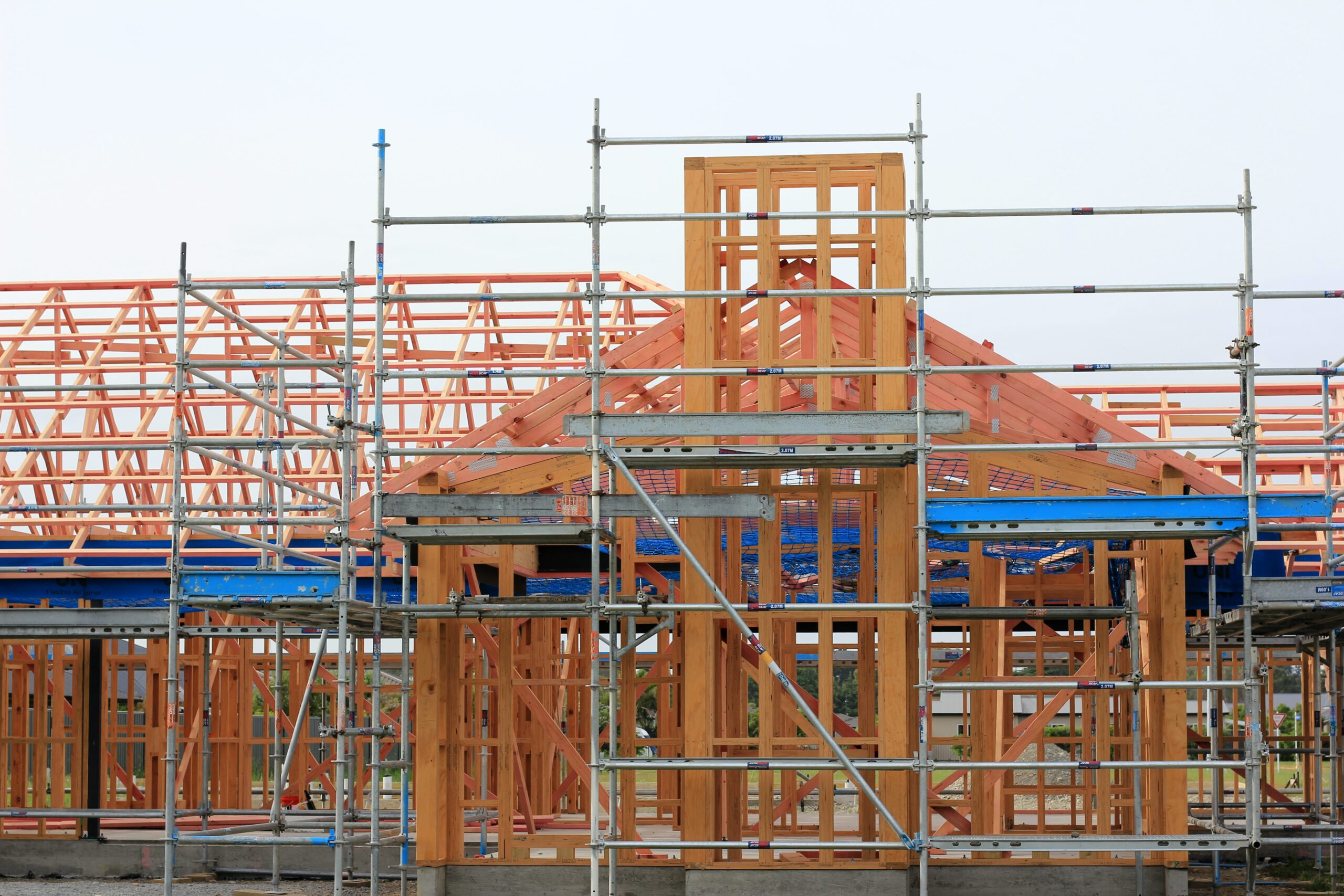Construction work rose at the fastest rate in nine months in February, but this was tempered by a fall in housing activity for the third month running, data from S&P Global/CIPS shows.
UK building projects hit a “robust” 54.6 mark last month, up from 48.4 in January and above the neutral 50.0 threshold for the first time in three months, according to the latest S&P Global/CIPS Construction Purchasing Managers’ Index.
This is highest reading since May, ending two months of decline.
Commercial construction was the best-performing area, hitting a nine-month high, at 55.3, with civil engineering activity also returning to “modest” growth in February, at 52.3.
However, firms noted a fall in residential work for the third month in a row, which came in at 47.4, although companies said, “the speed of the downturn has eased since January”.
Housebuilding businesses said subdued market conditions were due to high interest rates, which caused cutbacks to new housebuilding projects in anticipation of weaker demand.
Across the sector, total new work picked up in February, the report says, leading to an improvement in order books for the first time since November.
It adds that overall business expectations for the year ahead improved further from the 31-month low recorded in December. Around 46% of the survey panel anticipate a rise in construction activity over the coming 12 months, while only 13% predict a decline.
The survey also pointed to the least widespread supplier delays since January 2020 and the slowest round of purchase price increases since November 2020.
To find out more about how we can assist you with your Development Finance requirements, please click here to get in touch
S&P Global Market Intelligence economics director Tim Moore says: “Business activity in the UK construction sector returned to growth during February as a rebound in commercial work and civil engineering output helped to compensate for housing market weakness.”
MHA head of construction and real estate Brendan Sharkey adds: “Today’s PMI reveals that February was a very strong month for UK construction.
“However, in reality, the picture is very mixed. Some construction firms are coping well and some aren’t. At this time of year for many regional builders, a lot rides on local authorities.
“Some are pushing lots of work through before they close their 2022/23 books in March. This is boosting activity but the overall picture is a bit gloomy when looking forward.
He points out: “The London market feels like it is heading for a slowdown and all the big house builders forecast contraction over the next year.
“One or two well-established construction firms have already declared themselves insolvent. It looks like we’re straining to avoid a recession with new orders declining and the prospect of more interest rate rises.”
Beard finance director Fraser Johns adds: “After a two-month period of decline, it’s certainly encouraging to see a healthy rise in activity across the construction sector in February. Supply chain pressures softening and recession fears easing have been key drivers in boosting activity, new order levels and overall confidence.
“Last year, material costs in particular were much larger than expected, leading to a significant squeeze on live projects. It was one of many reasons why those without a strong balance sheet had nowhere to hide in 2022.
“So far this year though, increases – while still present, have started to come down and are closer to expectations, providing less volatility than in the previous 12 months.
Johns says: “One area that is expanding is more specialised infrastructure projects in the likes of healthcare, education and local authority for both local and central government. This has certainly been the case at Beard.
“Although the economic outlook is far from rosy, it is less doom and gloom than what we have come to expect. This is helping to shift sentiment and encourage more clients to commit to projects once again.”
“While this is all positive news, we are certainly not out of the woods yet, especially with high energy costs remaining a key factor. Businesses across the construction sector must still remain agile, especially those that rely on housebuilding projects.
“With high interest rates still stifling housing activity, residential housebuilding remained a weak spot, decreasing for a third month running.”
By Roger Baird
Source: Mortgage Strategy






